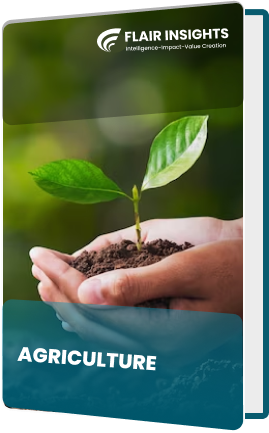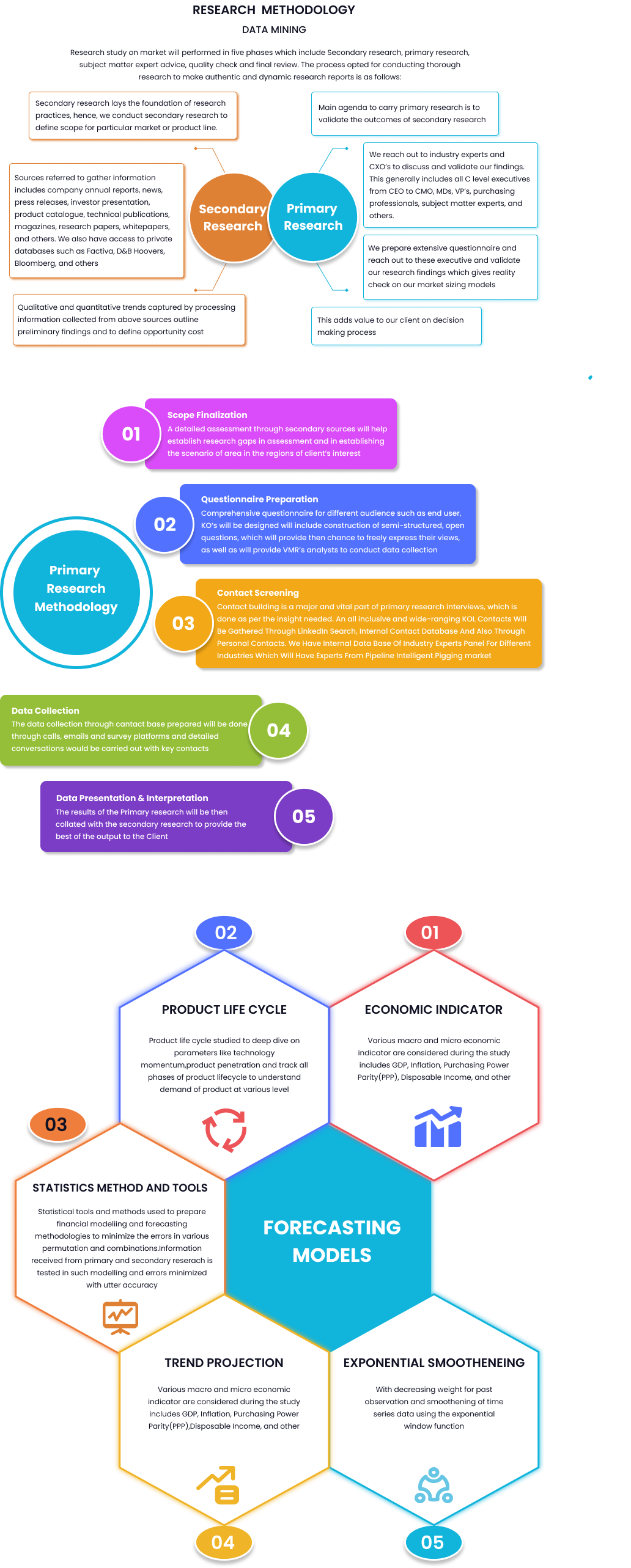
Global Insect Growth Regulators Market By Type (Aerosol, Liquid, Bait), By Application (gricultural, Commercial, Residential), By Region, And Segment Forecasts, 2023 to 2032
Report Id: 44201 | Published Date: Jul 2024 | No. of Pages: 10 | Base Year for Estimate: Jul 2024 | Format:
Market Overview:
Insect growth regulators are chemicals that disrupt the growth and reproduction of insects. These compounds are critical in integrated pest management (IPM) strategies as they offer a more targeted approach compared to traditional insecticides. IGRs function by mimicking or interfering with the hormones that control insect development, preventing them from maturing into adults thereby, reducing pest populations over time.
The global Insect regulators market was valued at USD 983.36 million in 2023 and is projected to reach USD 1.94 billion by 2032, growing at a CAGR of 6.3% from 2023-2024. The global sales of IGRs are being positively impacted by the resistance that pets have developed against repeated use of synthetic pesticides and the increasing public awareness of the harm that pesticides cause to arable land and human health. Additionally, the adoption of eco-friendly crop production products is increasing due to their high efficiency and convenience for crops like cotton, wheat, tomatoes and corn. Other factors like environmental awareness are expected to drive market growth.
Premium Insights:
Increasing regulatory emphasis on reducing chemical residues in food and minimising environmental harm is boosting the adoption of IGR’s
Growing urbanisation and the expansion of agricultural lands are driving the demand for effective pest management solutions, including IGRs
Global Insect Growth Regulators Market Dynamics
Drivers: Rise of organic farming and sustainable practices, development of resistance to traditional insecticides and focus on environmental safety.
-The growing popularity of organic farming and sustainable agricultural practices necessitates the use of non-chemical pest control solutions. IGRs offer a viable option for organic farmers to manage pest populations effectively.
-The widespread use of traditional insecticides has led to the development of resistance in many insect pests. IGRs offer a different mode of action, making them effective against pest populations resistant to other insecticides.
-Concerns about the environmental impact of traditional insecticides are driving the adoption of IGRs. These products target specific stages of insect development, minimizing harm to beneficial insects and the environment.
Restraints: Limited awareness, higher cost, slower action with the need for integrated pest management and Potential for insect resistance.
-Not all farmers and pest control professionals may be fully aware of the benefits and applications of IGRs compared to traditional insecticides. Educational initiatives are needed to promote wider adoption.
-In some cases, IGRs may be more expensive than traditional insecticides. This can be a barrier for cost-conscious farmers, particularly in developing economies.
-IGRs often have a slower-acting effect compared to some insecticides. Their effectiveness is maximized when used as part of an integrated pest management (IPM) strategy that combines various control methods.
-The long-term use of IGRs could potentially lead to the development of insect resistance in some species. Monitoring and rotating IGRs with other control methods is essential for long-term effectiveness.
Opportunities: R&D of new improved IGRs, development of user-friendly formulations and focus on combination products and synergy with biopesticides.
-Continuous research and development efforts focused on creating new IGRs with broader target spectrums, faster acting effects, and lower environmental impact are crucial for market growth.
-Developing user-friendly formulations and application methods for IGRs can improve their accessibility and encourage adoption by a wider range of users.
-Researching and developing combination products that integrate IGRs with other pest control methods, such as biopesticides, can enhance effectiveness and offer broader pest management solutions.
Market by Insect Growth Regulators Type Insights:
Based on Product, the market is segmented into Chitin Synthesis Inhibitors, Juvenile, Hormone Analogs and Mimics, Ecdysone Antagonists and Ecdysone Agonists. The Chitin synthesis inhibitors dominate the market as the compound restricts the growth of chitin which is required for the formation of the exoskeleton in various insects. During the moulting process, the insects are unable to develop the outer shell required that help in killing these insects. The chitin synthesis inhibitors also affect and kill the eggs of these insects due to which these continue to remain one of the most widely used especially to control fleas that live on pets and cattle.
Based on form, the market is segmented into Aerosol, liquid and Bait. The liquid insect growth regulators accounted for the largest market share mainly because they are usually in the form of concentrates and have a longer shelf life. They also prevent larvae from advancing into adult form.
Market By End-Use Insights:
Based on end-use, agriculture is the largest segment, driven by the need to protect crops from pests and enhance yield. The rising integrated organic farming and pest management practices across emerging economies are predicted to stimulate demand for insect repellants in the upcoming years.
Market By Region Insights:
Based on regional coverage, the global insect growth regulators market is segmented into North America, Asia Pacific, Europe, Latin America and Middle East & Africa. North America accounts for the largest share in the region due to the high adoption of modern and less toxic pest control products for different applications. However, Asia-Pacific is expected to have the highest growth rate in the upcoming years.
Competitive Scenario:
Key players in this region are BASF SE, Control Solutions Inc., Central Life Science (Central Garden & Pet Company), Dow Inc, Nufarm Limited, OHP Inc., Russell IPM Ltd, Sumitomo Chemical Co. Ltd. and Syngenta AG.
Scope of Work-Global Insect Growth Regulators Market
Key Market Developments
February 2023- Certis USA revealed the expansion of its production capacity for IGRs. The expansion is to meet the growing demand for these products from agricultural, residential and forestry pest control markets
March 2023- Bayer CropScience announced the launch of its new IGR, Intrepid, which is a non-systematic IGR that is effective against a wide range of pests including aphids, whiteflies and mealybugs.
April 2023- Syngenta announced the acquisition of Biobest, a leading supplier of biological pest control solutions.
Frequently Answered Questions (FAQs)
What is the current size of the global insect growth regulators market?
Ans. The global Insect regulators market was valued at USD 983.36 million in 2023
What are the main drivers of the insect growth regulators market?
Ans. Key drivers include the rise of organic farming and sustainable practices, the development of resistance to traditional insecticides and the focus on environmental safety.
What are the primary challenges faced by the market?
Ans. The challenges include limited awareness, higher cost, slower action with the need for integrated pest management and Potential for insect resistance.
What opportunities exist in the market?
Ans. Opportunities include R&D of new improved IGRs, development of user-friendly formulations and focus on combination products and synergy with biopesticides.

Speak with an analyst to get exclusive insights tailored to your needs

